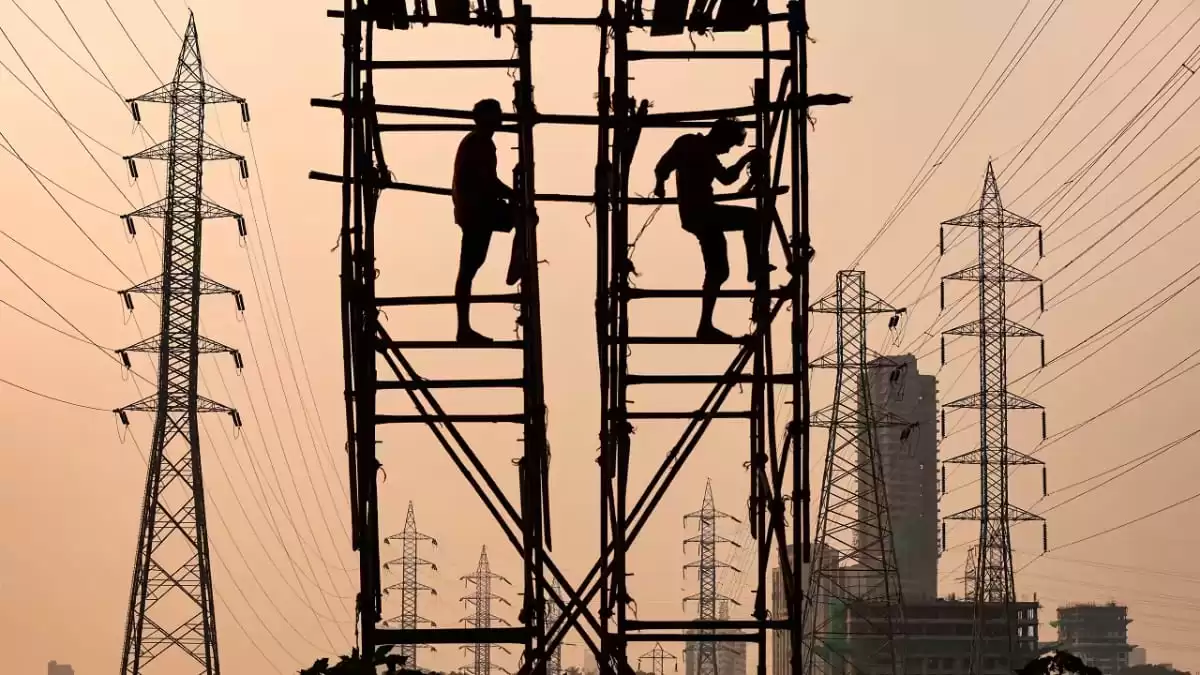New Delhi: The Indian government is making big moves to strengthen the financial health and efficiency of the power sector. One major step? Listing five state-run power companies on the stock market. Another? Exploring ways to bring private players into electricity distribution.
Companies Going Public
The government has picked five state-owned power generation and transmission companies for stock market listings (IPOs). This will help them raise funds for expansion. Two of these companies, Andhra Pradesh Power Generation Corporation and Gujarat Energy Transmission Corporation, are already in the process of hiring investment bankers to get their IPOs rolling.
By going public, these companies can tap into market funds instead of relying only on government support. This means more money for new projects, better infrastructure, and an overall stronger power sector.
On the distribution side, the government is looking at bringing in private players to improve efficiency. Discoms (power distribution companies) are struggling with big problems, high losses, unpaid bills, and rising electricity costs that aren’t matched by tariffs. Some states have even requested government help in privatizing these discoms to improve service quality.
A group of ministers is working on solutions, but a financial bailout is off the table, according to Power Secretary Pankaj Agarwal. Instead, the government is considering stock market listings for discoms, but only if they can reduce their financial losses.
Right now, discoms across India have a total loss of Rs 6.92 trillion, and their outstanding debt is at Rs 7.53 trillion as of the end of FY24. Experts say that adjusting tariffs gradually and cutting down on power losses could significantly improve their financial situation.
What’s Hurting Discoms?
Discoms face a tough financial situation because:
- Electricity prices are not high enough to cover supply costs.
- Power losses (due to inefficiency and theft) are still a big issue.
- Debt levels are massive, making it hard to stay afloat.
- While coal prices have come down from last year’s highs, short-term power costs remain high, keeping expenses up.
To turn things around, experts suggest better power-buying strategies, relying more on renewable energy with storage, and reducing the use of expensive alternatives.
Positive Signs for the Future
Some improvements are already happening. States have become more disciplined in paying subsidies, reducing the financial gap between the cost of supplying electricity and the revenue earned. This gap, which was 45 paise per unit in FY22-23, has now dropped to just about one paisa per unit as of January 2025. However, some overdue payments are still pending.
While that, Power Minister Manohar Lal Khattar has promised that India is gearing up for increasing electricity demand. The power demand of the country is likely to reach 270 GW this summer, and the government is looking at all possibilities, ranging from invoking emergency provisions under the Electricity Act 2003, to make sure there’s no shortage.
Demand for power is expected to go up to 335 GW in 2030 from nearly 250 GW in 2024, the government is more concentrated on strengthening the infrastructure so as to face the increasing demand evenly.





